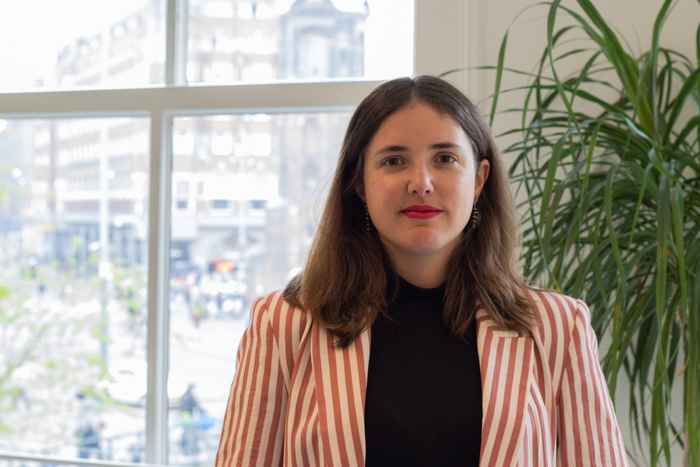Ana Paula Millan (May 2023 - July 2023)
"Ramón y Cajal" Postdoctoral Researcher at the University of Granada

My research
My research focusses on network neuroscience, from theoretical studies such as describing coupling and emergent synchronization on networks with high-order coupling, to clinical applications.
As part of my work I have developed a computational tool named ESSES (Epidemic Spreading Seizure and Epilepsy Surgery model) to simulate epilepsy surgery in silico and aid surgical planning in a patient-by-patient manner.
IAS fellowship
My goal is to investigate the role of high order coupling in shaping emergent brain dynamics. Network science has had remarkable success in the past decades helping us to describe and understand complex systems, like the brain, by describing them as sets of elements that interact with each other through pairwise connections. However, in recent years, we are realizing that it is often necessary to go beyond this pairwise description to understand the emergent behavior of a complex system. This means that we need to also take into account the multi-body interactions in the data, that is, interactions between sets of 3, 4, or more elements, which cannot be simply reduced to pairwise interactions.
During my fellowship at IAS I will apply this rationale to functional brain networks. These networks describe the functional relationships between different brain areas. My goal is to understand if a multi-body, or high-order, description of these relationships will give us new insights into how brain function is organized, and how this organization changes in different situations like performing tasks, ageing, or disease.